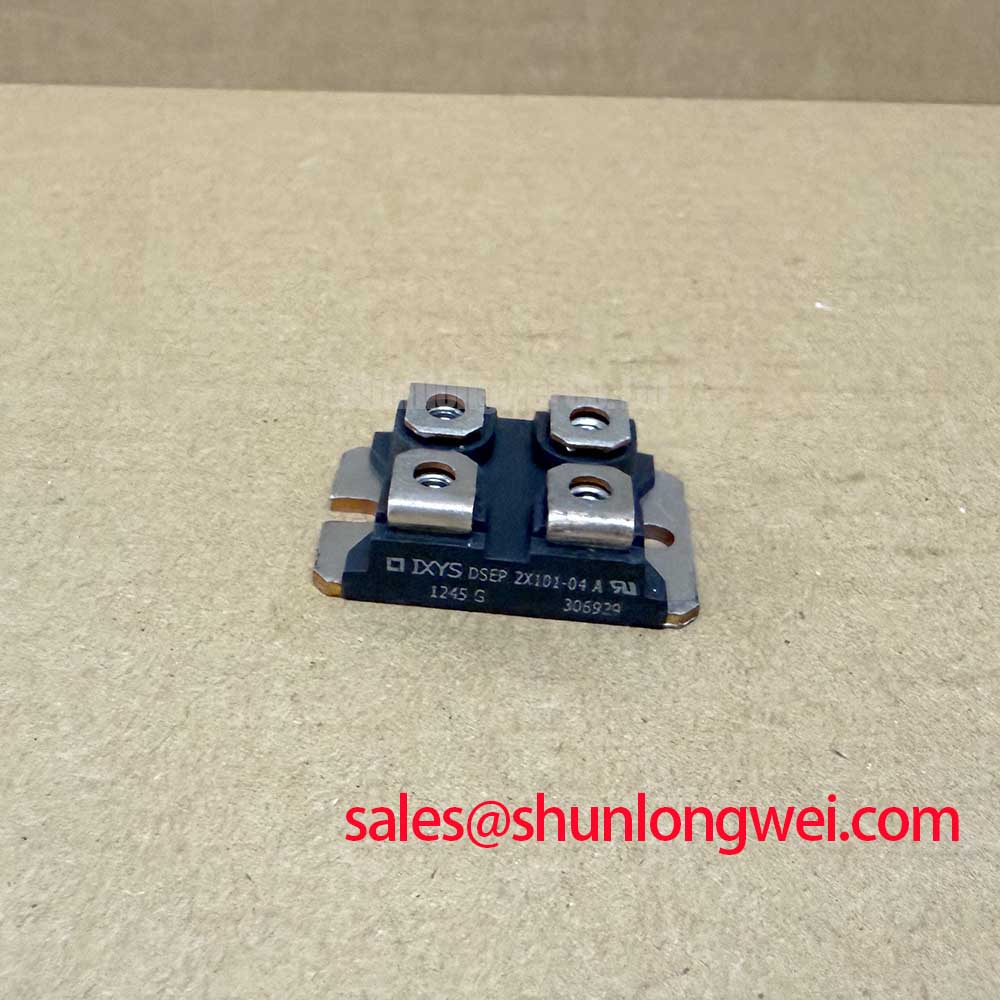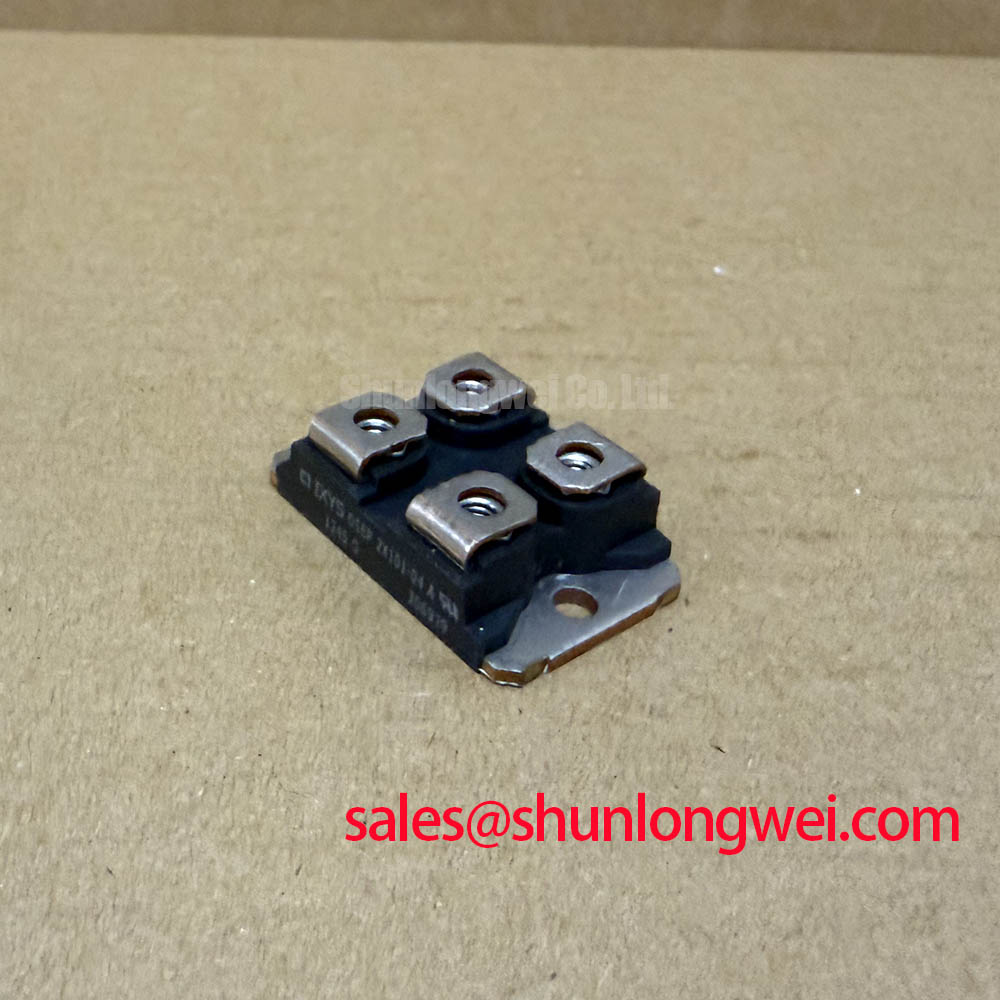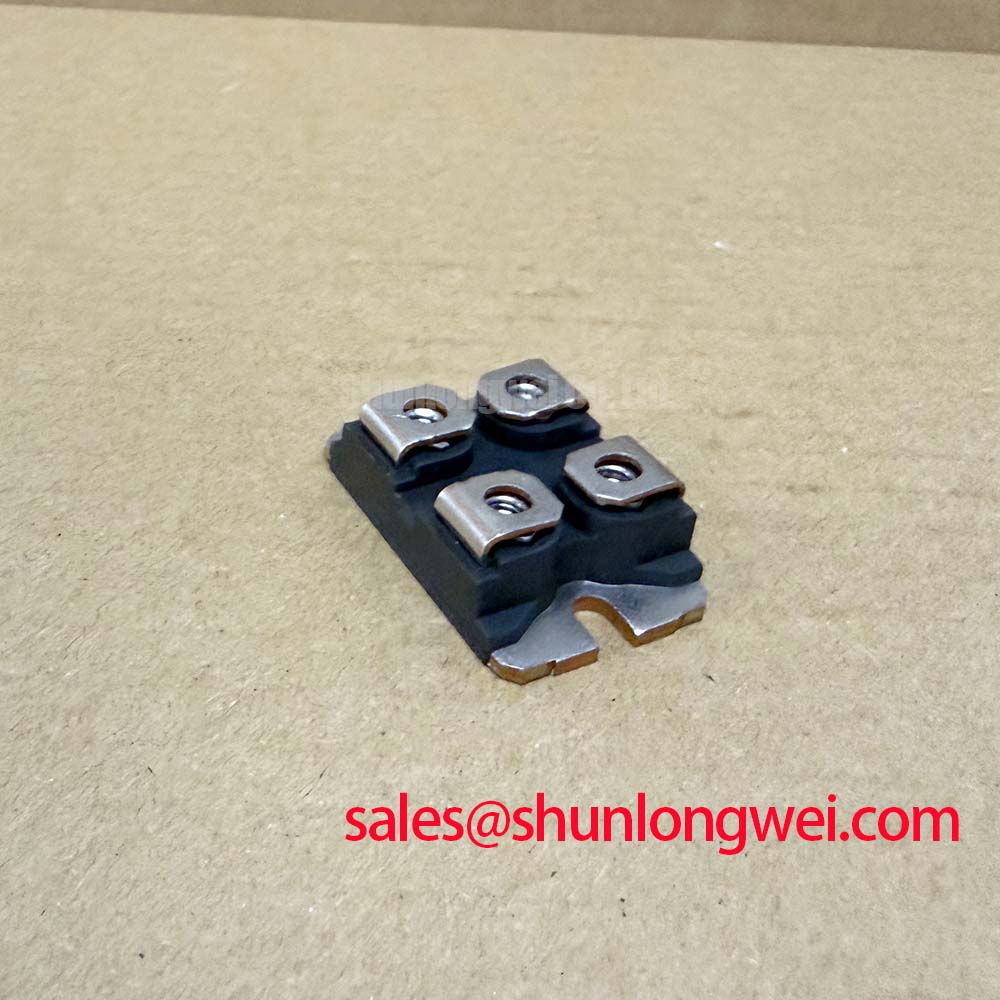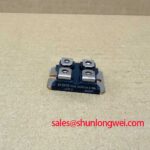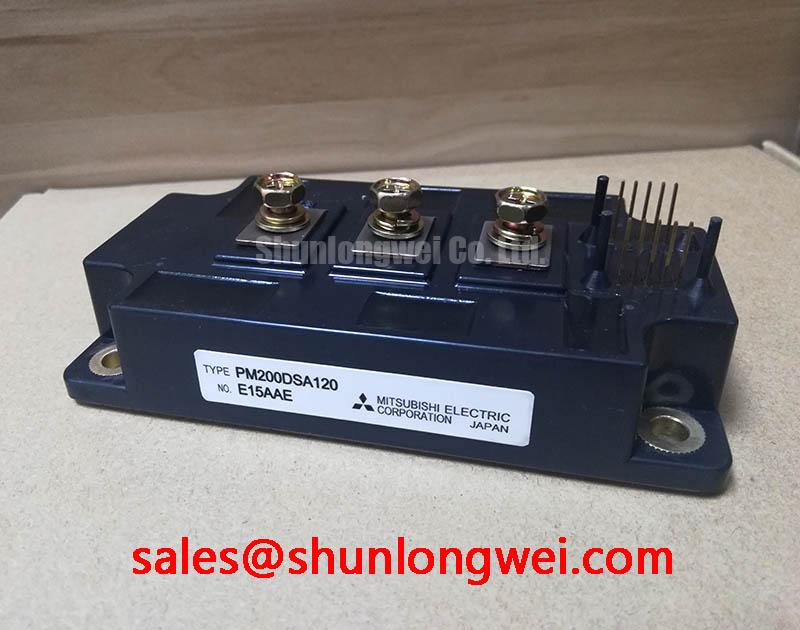DSEP 2X101-04: Dual 400V FRED Pt® Diode for High-Frequency Power Systems
Content last revised on October 16, 2025.
Product Overview: DSEP 2X101-04
Engineered for High-Frequency Efficiency and System Reliability
The DSEP 2X101-04 is a dual common cathode Fast Recovery Epitaxial Diode (FRED) module, leveraging advanced FRED Pt® technology to deliver superior switching performance. Its core value lies in achieving an optimal balance between ultra-fast reverse recovery and "soft" switching characteristics, directly enabling higher efficiency and reliability in modern power converters. With key specifications of 400V | 101A (per diode) | 35 ns (typ. t_rr), this module provides two critical engineering benefits: minimized switching losses and significantly reduced electromagnetic interference (EMI). It directly addresses the challenge of protecting switching transistors, like IGBTs, from the high current stress typical during reverse recovery. For high-frequency SMPS or PFC designs prioritizing efficiency and a clean EMI signature, this 400V dual diode module is the definitive choice.
Key Parameter Overview
Decoding the Specs for High-Speed Switching Performance
The technical specifications of the DSEP 2X101-04 are tailored for demanding power conversion applications. The parameters below highlight its capacity for efficient, high-frequency operation and thermal robustness. The data is presented with functional groupings for clarity.
| Parameter | Symbol | Conditions | Value | Unit |
|---|---|---|---|---|
| Absolute Maximum Ratings | ||||
| Repetitive Peak Reverse Voltage | V_RRM | 400 | V | |
| Average Forward Current (per diode) | I_FAV | T_C = 135°C | 101 | A |
| RMS Forward Current | I_FRMS | 150 | A | |
| Surge Forward Current | I_FSM | T_VJ = 45°C, t = 10 ms (50 Hz, sine) | 1100 | A |
| Operating Junction Temperature | T_VJ | -55 to +175 | °C | |
| Electrical Characteristics | ||||
| Forward Voltage Drop (per diode) | V_F | I_F = 100 A; T_VJ = 25°C | 1.35 | V |
| Reverse Recovery Time (typ.) | t_rr | I_F = 100 A; -di/dt = 1500 A/µs; V_R = 200 V; T_VJ = 125°C | 35 | ns |
| Peak Reverse Recovery Current (typ.) | I_RM | 58 | A | |
| Thermal and Mechanical Characteristics | ||||
| Thermal Resistance, Junction to Case (per diode) | R_thJC | 0.45 | K/W | |
| Mounting Torque | M_d | (M5) | 2.5 - 3.5 | Nm |
| Weight | Typical | 28 | g | |
Download the DSEP 2X101-04 datasheet for detailed specifications and performance curves.
Application Scenarios & Value
Achieving System-Level Benefits in High-Frequency Power Conversion
The DSEP 2X101-04 is engineered to excel in high-frequency applications where efficiency and reliability are paramount. Its unique characteristics make it an ideal solution for engineers designing next-generation power systems. What is the primary benefit of its soft recovery characteristic? It significantly reduces voltage overshoots and EMI, simplifying filter design and improving system stability.
High-Fidelity Engineering Scenario: Optimizing a Switched-Mode Power Supply (SMPS)
In the design of a high-power, high-frequency Switch Mode Power Supply (SMPS), engineers face a critical challenge: minimizing switching losses to boost efficiency while managing the electromagnetic interference (EMI) generated by fast-switching components. The DSEP 2X101-04 directly addresses this. When used as an output rectifier or a freewheeling diode in a Power Factor Correction (PFC) stage, its ultra-fast reverse recovery time (t_rr) of 35 ns drastically cuts down the energy dissipated during each switching cycle. More importantly, its "soft" recovery behavior prevents the abrupt current changes that cause high-frequency ringing and EMI. Think of it like a high-performance car's braking system: instead of a sudden, jarring stop (a "snappy" diode) that creates a lot of noise and stress, it brakes smoothly and quickly, maintaining control. This allows designers to use higher switching frequencies, leading to smaller, lighter magnetic components and increasing overall power density.
For systems operating at higher bus voltages, designers may consider the DSEI2X61-12B, which offers a 1200V rating while providing similar fast and soft recovery characteristics.
Technical Deep Dive
A Closer Look at FRED Pt® Technology for Superior Switching
The performance of the DSEP 2X101-04 is rooted in its FRED Pt® (Platinum Doped) technology. This advanced manufacturing process is engineered to precisely control the lifetime of charge carriers within the silicon structure. Unlike standard epitaxial diodes, platinum doping creates recombination centers that allow for a very rapid, yet controlled, removal of stored charge during the transition from forward conduction to reverse blocking.
This controlled recombination is the key to achieving the "soft" recovery characteristic. A diode with an abrupt or "snappy" recovery can be likened to a water valve that is slammed shut instantly; the resulting water hammer effect creates a high-pressure spike (voltage overshoot) that can damage the system. The DSEP 2X101-04's soft recovery acts more like a dampened valve, closing rapidly but smoothly to prevent these destructive voltage transients. This inherent softness reduces the need for external snubber circuits, saving board space, component cost, and design complexity, which is a critical advantage in compact power modules and dense circuit layouts.
Frequently Asked Questions (FAQ)
How does the 175°C maximum junction temperature (T_VJ) benefit my design?
A high T_VJ of 175°C provides a significant thermal margin. This allows the diode to operate reliably in high ambient temperatures or under heavy load conditions without immediate risk of failure. For design engineers, this translates into greater flexibility in heatsink selection—potentially allowing for a smaller, less expensive heatsink—and contributes to a more robust and reliable end-product, particularly in applications like sealed power supplies or industrial motor drives.
What is the significance of the low reverse recovery current (I_RM) in a practical circuit?
The peak reverse recovery current (I_RM) flows briefly through the diode in the reverse direction as it turns off. This current adds to the load current that the main switching transistor (e.g., an IGBT or MOSFET) must handle when it turns on. A lower I_RM, as seen in the DSEP 2X101-04, reduces the turn-on stress and switching loss in the transistor. This directly improves the overall efficiency and reliability of the power stage, as outlined in guides on preventing IGBT failure.
Design and Application Support
Integrating for Optimal Performance
To fully leverage the capabilities of the DSEP 2X101-04, proper integration is key. Its industry-standard SOT-227B package facilitates straightforward mounting and thermal management. For engineers looking to optimize their power conversion stages, this dual diode module offers a streamlined path to achieving higher efficiency, lower EMI, and enhanced system durability. For further technical inquiries or to discuss your specific application needs, we encourage you to review the official documentation and explore related power semiconductor solutions.

